“The past isn’t dead. It’s not even past”
– William Faulkner, from “Requiem for a Nun”
Historical milestones show some of the barriers, challenges, and progress toward racial equity and justice, and how much the past is still with us.
“The past isn’t dead. It’s not even past”
– William Faulkner, from “Requiem for a Nun”
Historical milestones show some of the barriers, challenges, and progress toward racial equity and justice, and how much the past is still with us.
1493—1495
Christopher Columbus initiates the transatlantic slave trade, sending hundreds of captive indigenous Taino people from Hispaniola to be sold into slavery in Spain.
1513—1887
Indigenous Americans lose nearly 99% of their tribal lands through genocide, war, disease, and forced migration.
1562
Sir John Hawkins captains the first English ships carrying enslaved Africans to the New World. One of his ships is named the Jesus.
1619
Race-based enslavement begins in English North America when 20–30 captive Africans are sold into slavery at Point Comfort, Virginia.
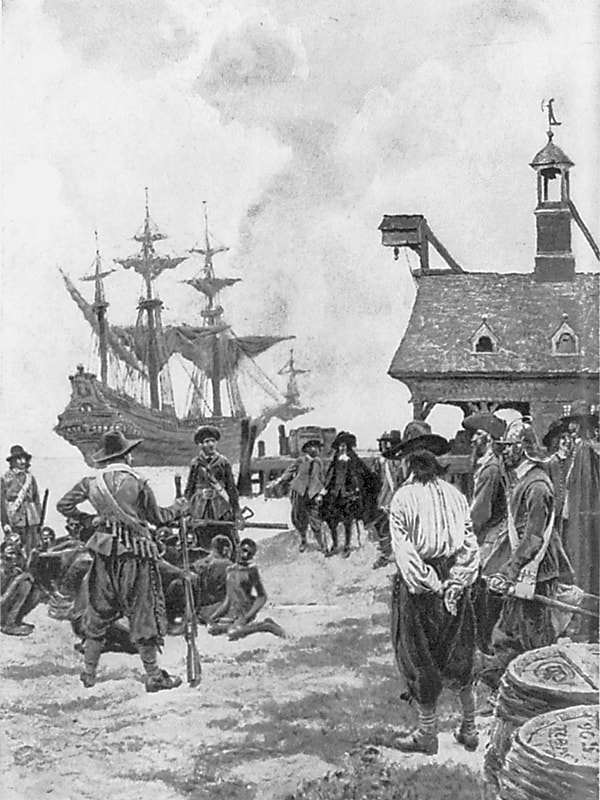
1637
First American-built slave trading ship, the Desire, leaves Massachusetts with captive Pequot Indians to be sold into slavery in the Caribbean; the following year, the Desire brings the first enslaved Africans to Massachusetts.
1641
Massachusetts Bay Colony enacts “The Body of Liberties,” the first British North American colonial statute to legalize enslaving Africans and Native Americans.
1705
Virginia Colony enacts a law that “all Negro, mulatto, and Indian slaves within this dominion … shall be held to be real estate. If any slave resist his master … correcting such slave, and shall happen to be killed in such correction … the master shall be free of all punishment … as if such incident never happened.”
1734
Voltaire writes in “Traité de Métaphysique” that “whites … Negroes … the yellow races … are not descended from the same man.”
1758
Swedish physician and taxonomist Carl Linnaeus publishes the 10th edition of “Systema Naturae,” ranking four varieties of humans and assigning exclusively positive traits to white Europeans and negative traits to all other people.
1776
Delegates to the Continental Congress adopt the Declaration of Independence. Though proclaiming “All men are created equal,” slavery is legal in all 13 states, and 20% of the population is enslaved.
1782
Harvard Medical School is established.
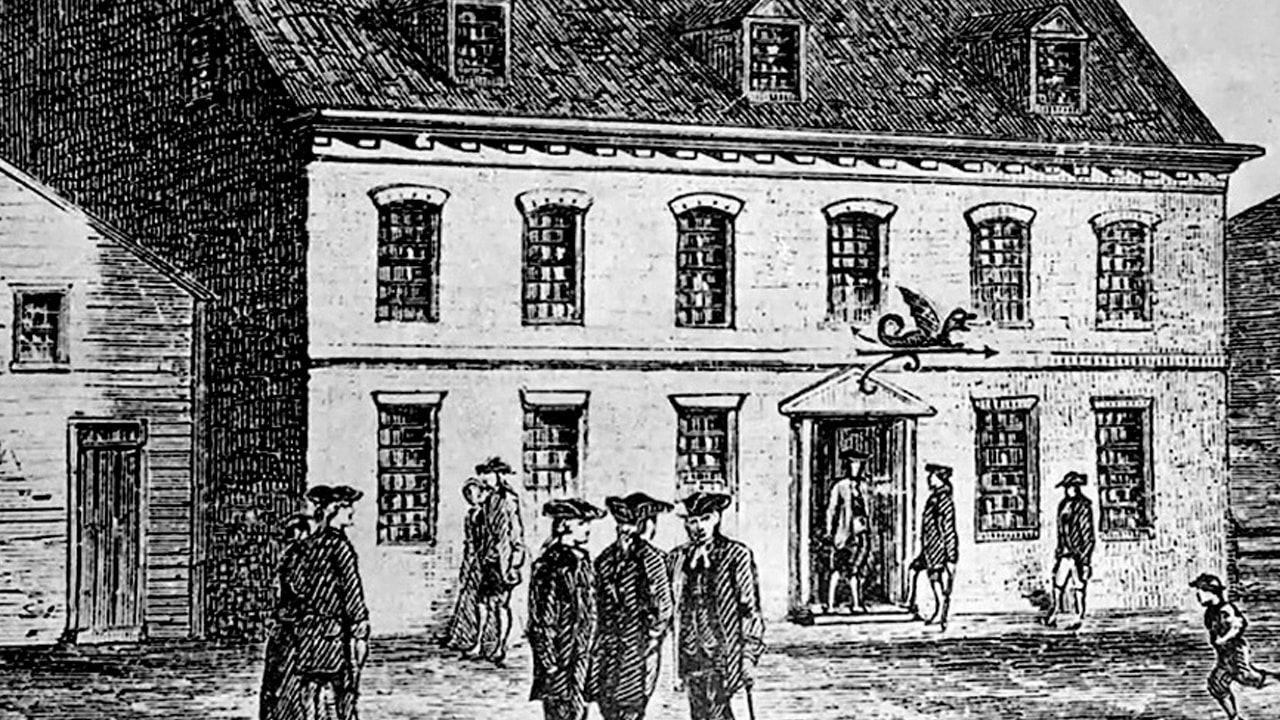
1783
Massachusetts’ Chief Justice William Cushing declares slavery unconstitutional in the Commonwealth as a result of lawsuits brought by enslaved persons.
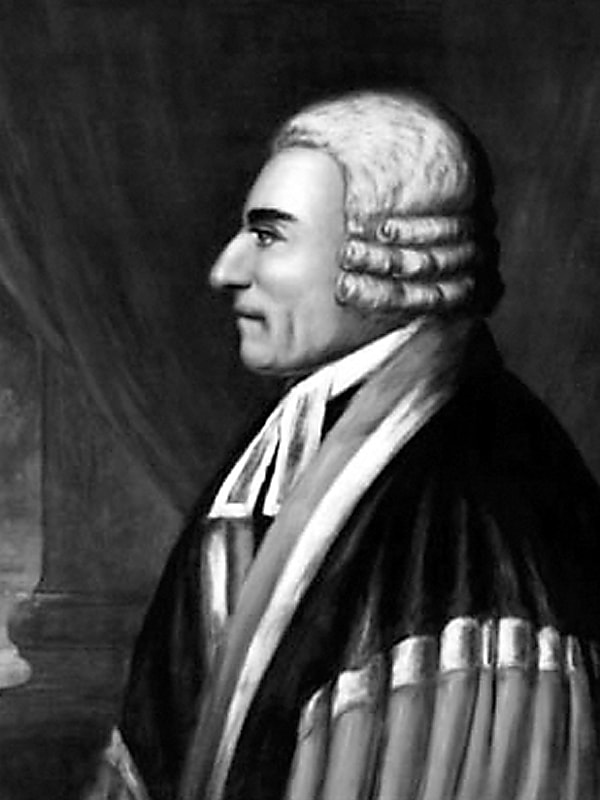
1785
In “Notes on the State of Virginia,” Thomas Jefferson writes, “the blacks, whether originally a distinct race, or made distinct by time and circumstances, are inferior to the whites.”
1790
U.S. Congress passes Nationality Act of 1790 limiting citizenship by naturalization to “free white persons.”
1795
German anatomist Johann Blumenbach publishes “On the Natural Variety of Mankind,” dividing humans into five races: Caucasian (“the most beautiful race of man”), Mongolian, Ethiopian, American, and Malay.
1803
U.S. Congress bans immigration by free Black people.
1811
Massachusetts General Hospital is established.
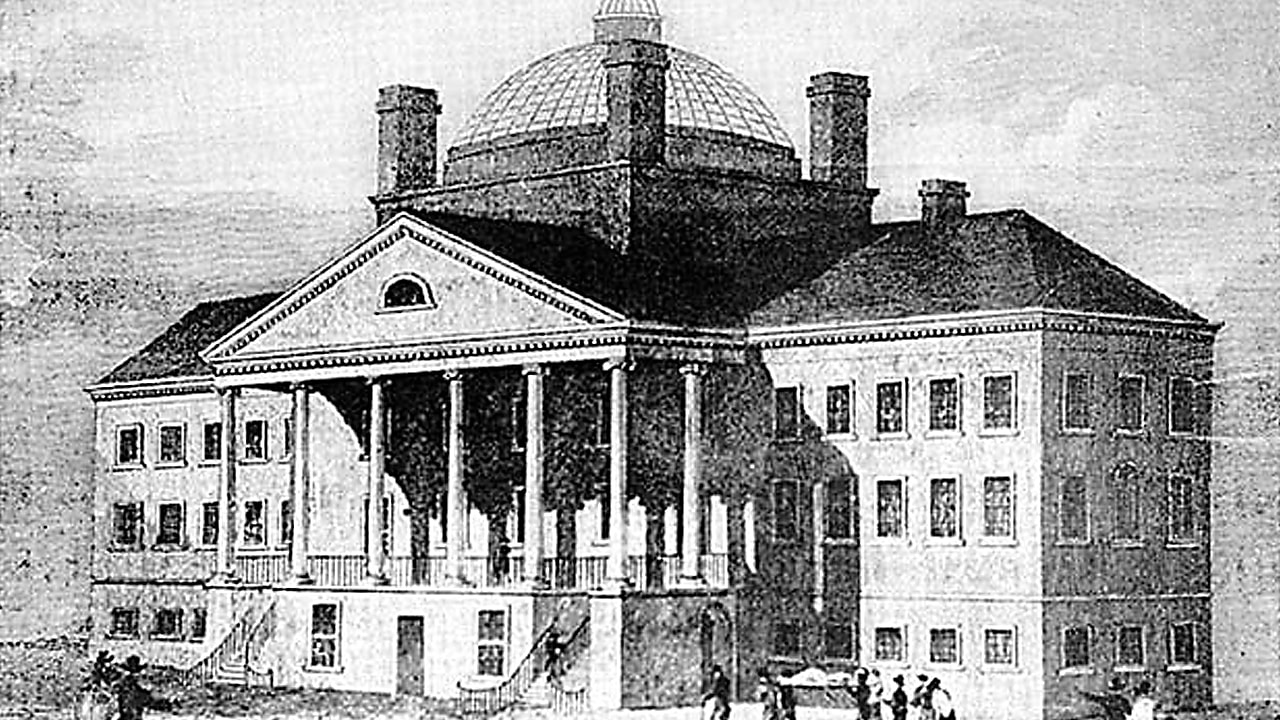
1830
Indian Removal Act forces 46,000 Native Americans from more than 25 million acres of land in the southeastern U.S. and relocates them to present-day Oklahoma.
1832
Boston Lying-In Hospital is established as one of the nation’s first maternity hospitals.
1837
James McCune Smith, MD, is the first African American to receive a medical degree. After several U.S. universities deny him admission because of his race, he earns three degrees in five years from the University of Glasgow in Scotland.

1847
David Jones Peck, MD, is the first African American to receive a medical degree in the U.S. at Rush Medical College in Chicago.
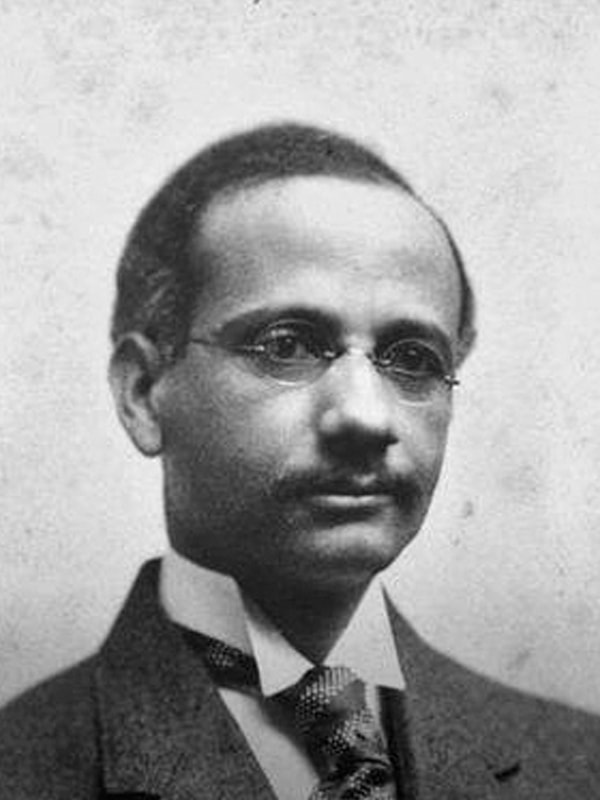
1847
American Medical Association (AMA) is created, excluding women and Black people from membership.
1847
In a public lecture in Charleston, South Carolina, Harvard zoology professor Louis Agassiz declares Black people to be physiologically and anatomically distinct from white people.
1850
Daniel Laing Jr., Isaac H. Snowden, and Martin Robison Delany (left) are the first three Black students admitted to Harvard Medical School. Months later, Dean Oliver Wendell Holmes expels them due to protests from students and faculty.
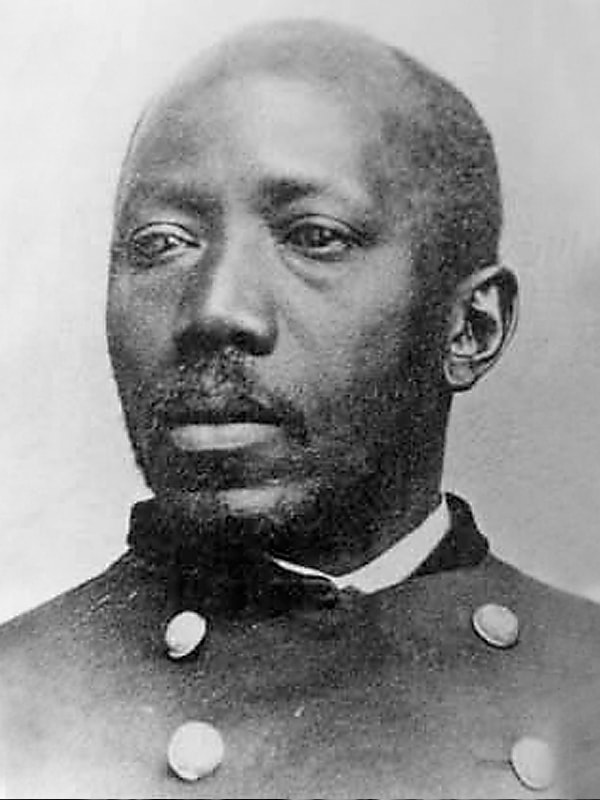
1851
Samuel Cartwright, MD, publishes “Report on the Disease and Physical Peculiarities of the Negro Race,” claiming discovery of drapetomania, the disease causing “negroes to run away,” and dysathesia, which made them “insensible to pain.”
1857
U.S. Supreme Court rules in Dred Scott v. Sandford that enslaved and free Black people are not citizens of the U.S.
1861—1865
U.S. Civil War
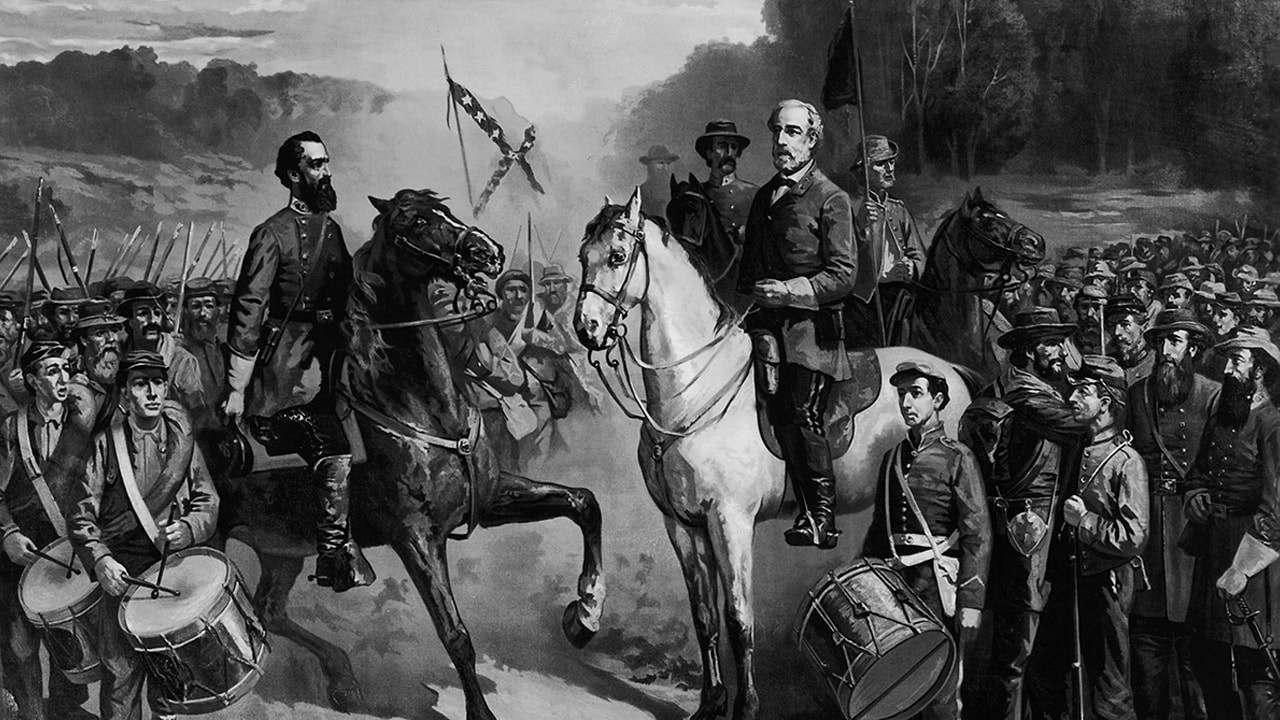
1863
Emancipation Proclamation frees enslaved people held in Confederate states (or parts of those states) under control of the Union Army.
1864
Rebecca Lee Crumpler, MD, is the first Black woman to graduate from a U.S. medical school at New England Female Medical College.

1865
In January, the 13th Amendment formally abolishes slavery and involuntary servitude in the U.S. “except as punishment for a crime,” but it does not make it a crime to enslave people.
1865
On June 19 (Juneteenth), the Union Army arrives in Galveston, Texas, to enforce the 13th Amendment.
1865—1965
State and local Jim Crow laws and Black Codes impose racial segregation and criminalize Black life, resulting in mass arrests, terrorist torture and lynchings, convict leasing, peonage, and other forms of involuntary labor.
1868
14th Amendment guarantees citizenship to all persons born in the U.S.
1869
Edwin C. J. T. Howard, MD (left), and Thomas Graham Dorsey, MD, are the first Black students to graduate from Harvard Medical School.
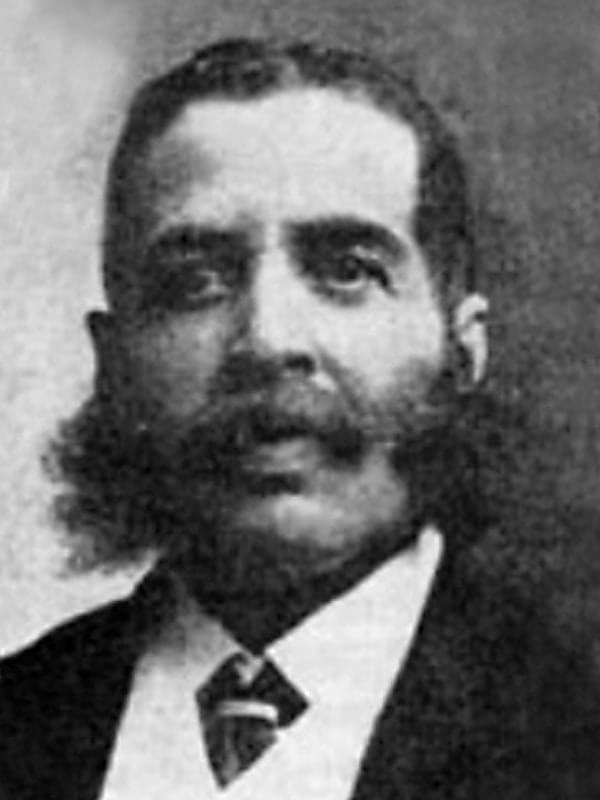
1870
15th Amendment declares the right to vote cannot be denied on the basis of race.
1875
The Free Hospital for Women is established in Boston for poor women.
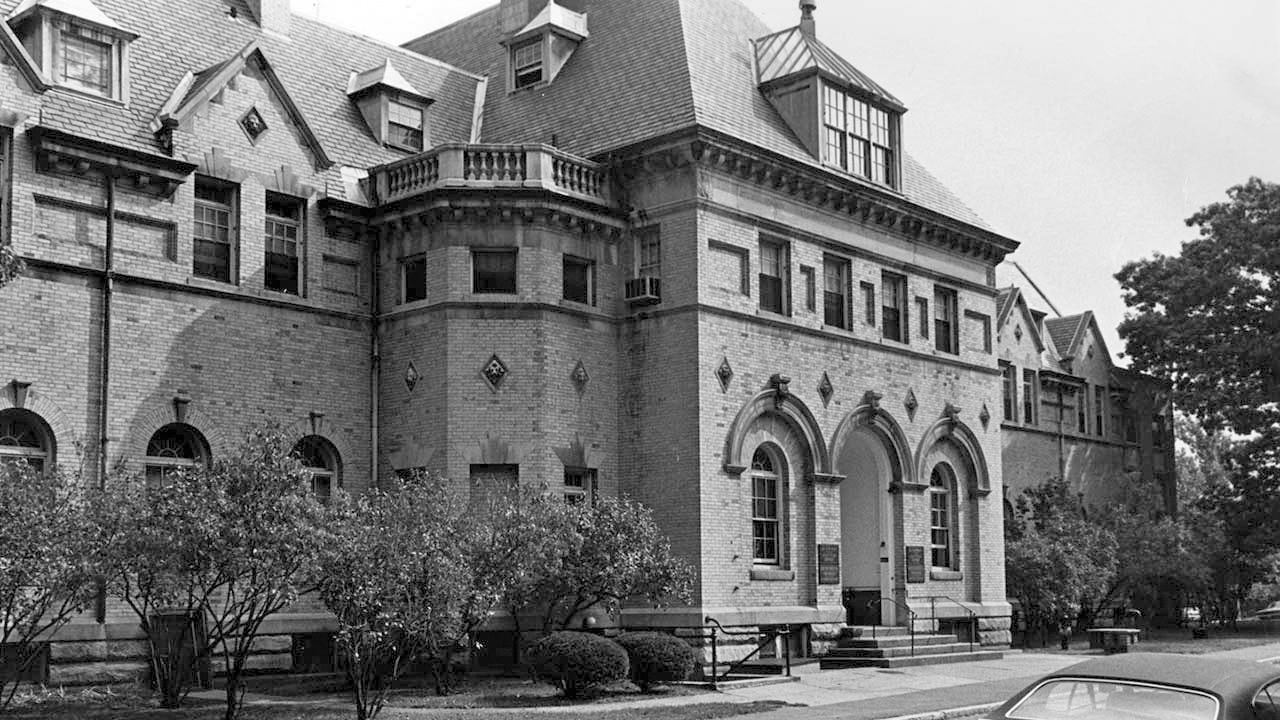
1882
U.S. Congress passes Chinese Exclusion Act, suspending immigration from China for 10 years and banning naturalization for Chinese immigrants.
1895
National Medical Association is founded for Black doctors and health professionals, who are excluded from the AMA and many local medical associations.
1896
U.S. Supreme Court declares segregation legal in Plessy v. Ferguson.
1899
W.E.B. DuBois publishes “The Philadelphia Negro: A Social Study,” cataloging the pervasive effects of systemic racism on Black residents of Philadelphia.
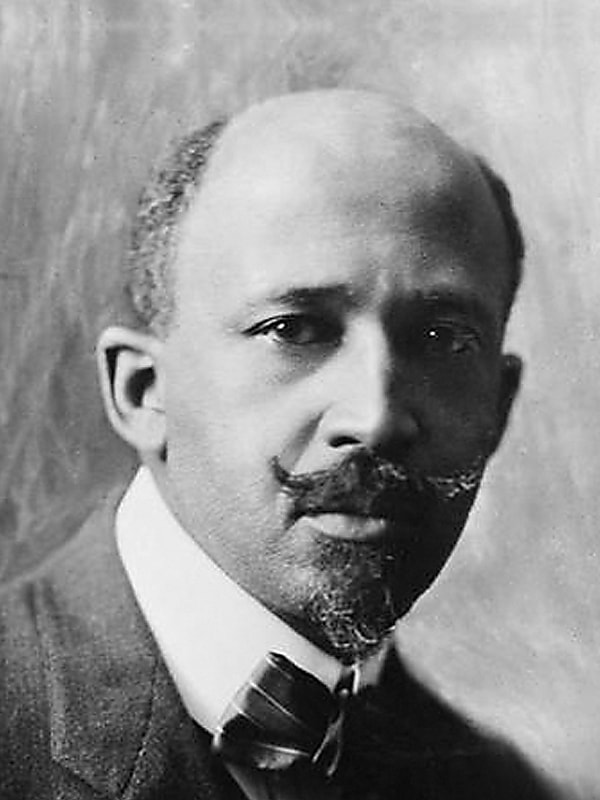
1900
Faulkner Hospital is established as a community teaching hospital.
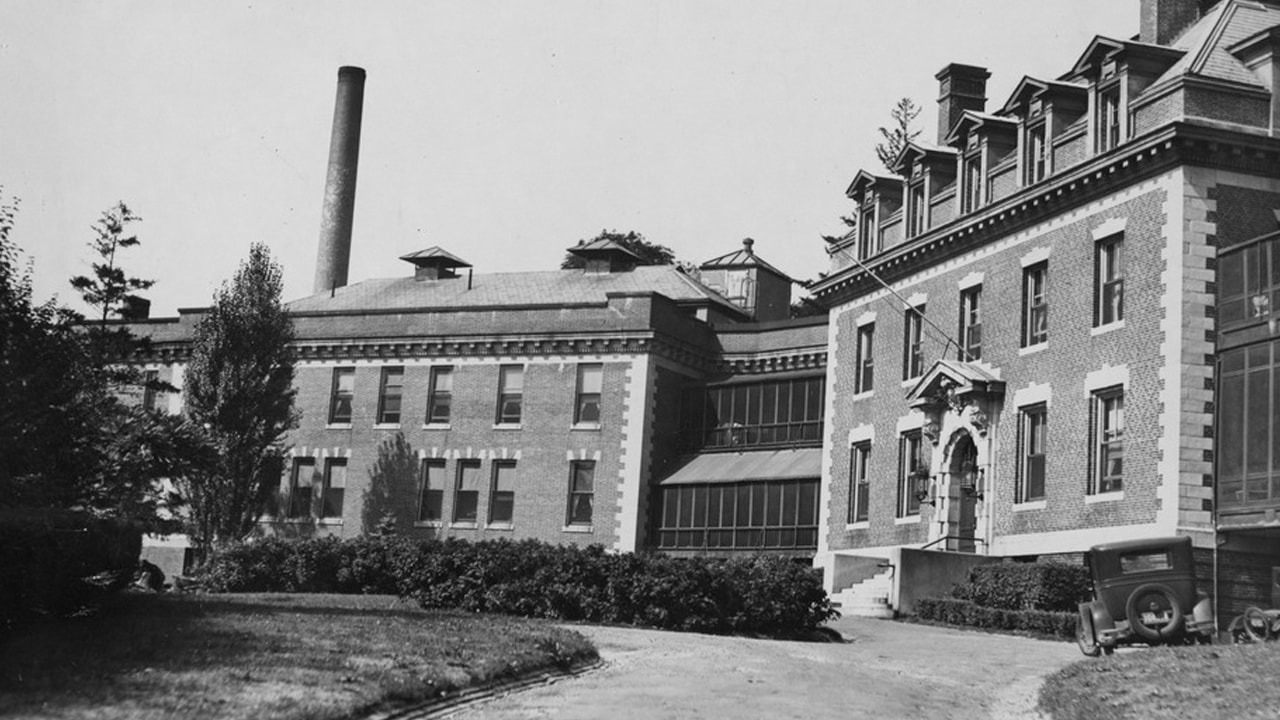
1910
The Flexner Report indicts the quality of medical education in the U.S. Subsequently, five of seven historically Black medical colleges close. Abraham Flexner advocates training Black doctors in “hygiene, rather than surgery,” and writes “if the negro can be brought to feel a sharp responsibility for the physical integrity of his people, the outlook for their mental and moral improvement will be distinctly brightened.”
1913
The Peter Bent Brigham Hospital is established “for the care of sick persons in indigent circumstances.”
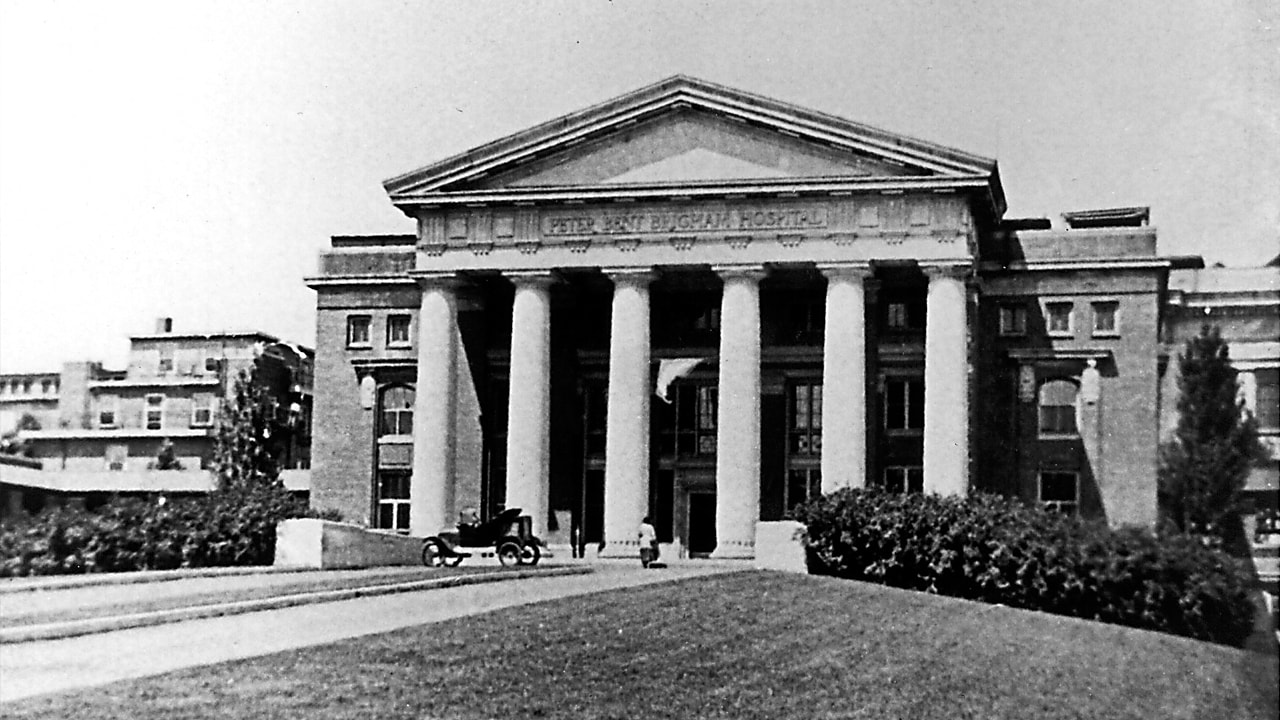
1914
The Robert Breck Brigham Hospital is founded, to serve people with arthritis and other debilitating joint diseases.
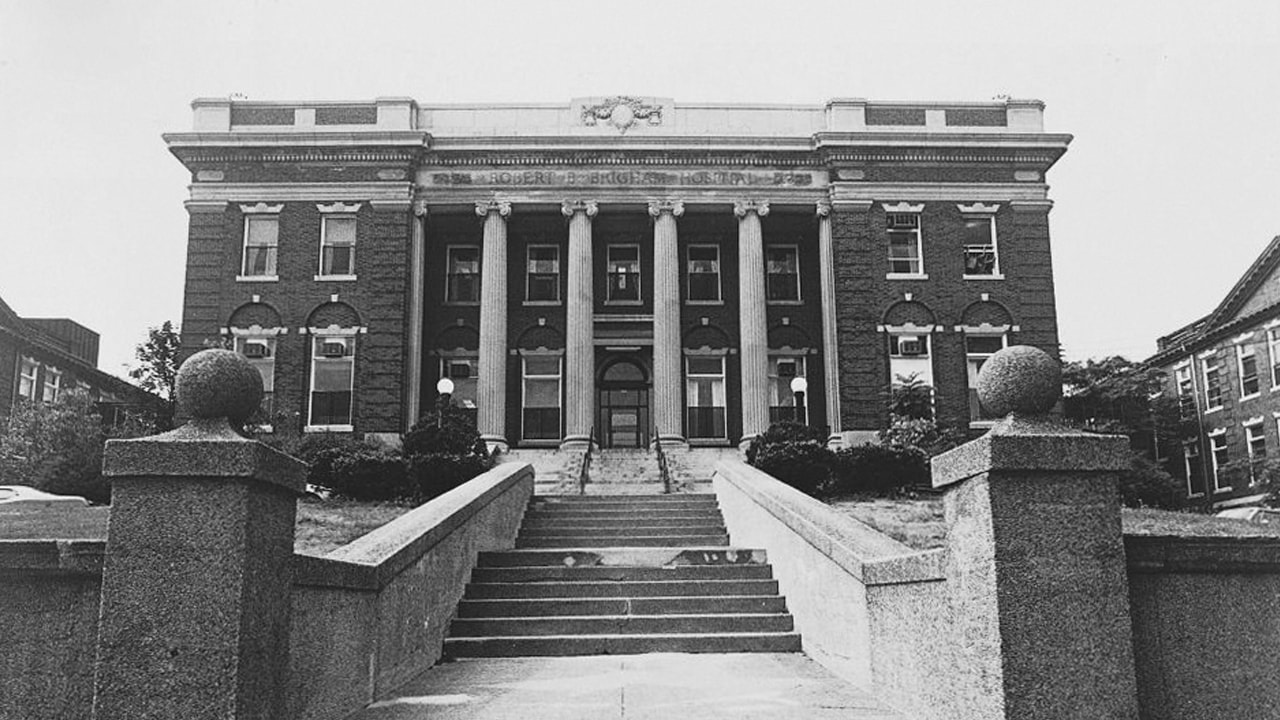
1920
19th Amendment guarantees all citizens of the U.S. the right to vote, regardless of sex.
1932—1972
The Tuskegee Study is conducted by the U.S. Public Health Service, denying treatment to more than 400 Black men with syphilis while doctors study them. After penicillin becomes the treatment of choice for syphilis in 1943, none of the men in the study receive it.
1934
Federal Housing Administration is created to ensure home mortgages in white neighborhoods. This is the beginning of redlining, which systematically withholds credit from homebuyers in Black neighborhoods.
1942—1946
More than 120,000 Japanese Americans are forced into 10 prison camps.
1944
The GI Bill offers tax-free financial benefits for military service members, including low-cost mortgages, low-interest loans, unemployment insurance, tuition assistance, job placement, and other financial supports. Because the bill accommodates Jim Crow laws, 1.2 million Black service members are largely excluded from its benefits.
1949
William Augustus Hinton, MD, is the first African American to hold a full professorship at Harvard Medical School.
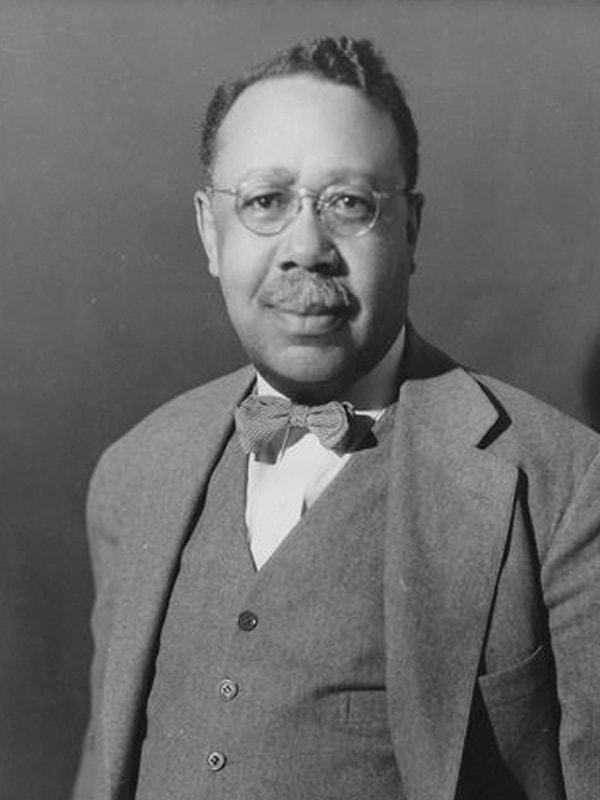
1954
In Brown v. Board of Education, the U.S. Supreme Court rules that public schools must be desegregated “with all deliberate speed.”
1957
U.S. Civil Rights Act of 1957 empowers the federal government to prevent interference with the right to vote.
1964
U.S. Civil Rights Act ends legalized segregation in public places and bans employment discrimination on the basis of race, color, religion, sex, or national origin.
1965
U.S. Social Security Act Amendments create Medicare and Medicaid, requiring desegregation of hospitals that receive federal funds.
1966
The Boston Hospital for Women is established through the merger of the Boston Lying-In Hospital and the Free Hospital for Women.
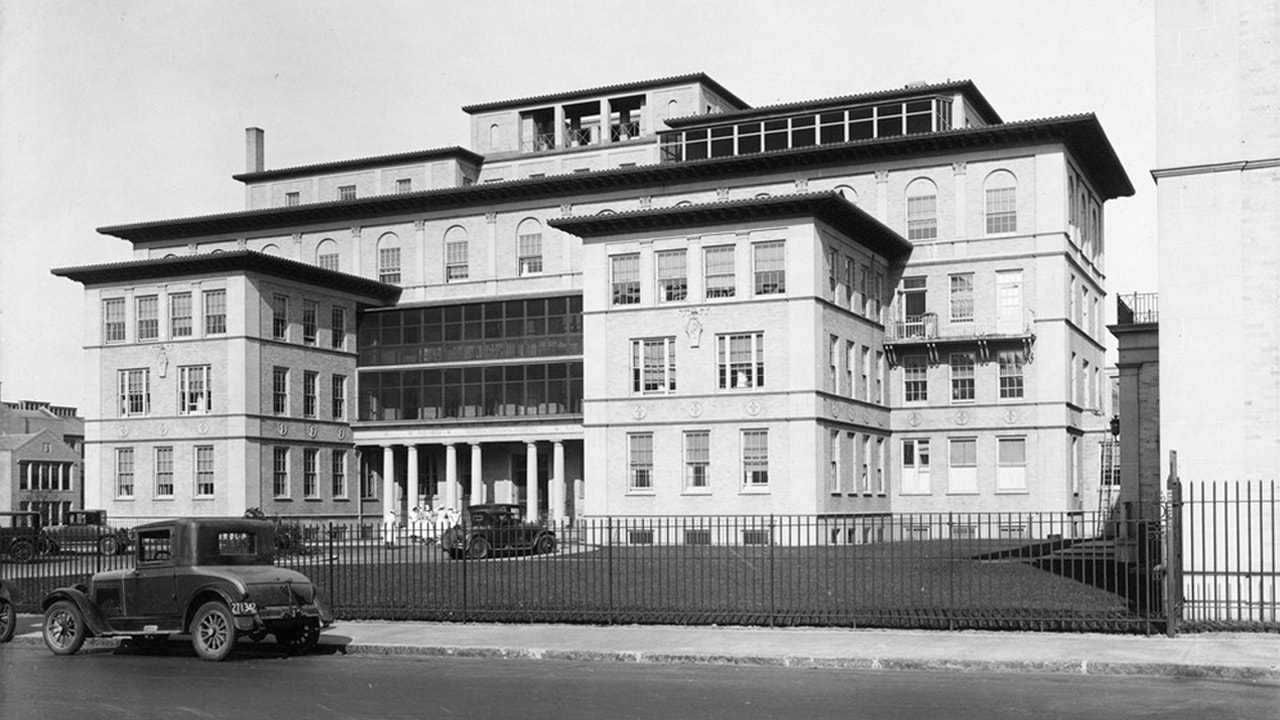
1968
U.S. Fair Housing Act of 1968 prohibits discrimination regarding the sale, rental, or financing of housing based on race, color, religion, national origin, or sex.
1980
Brigham and Women’s Hospital is created by the formal affiliation of the Boston Hospital for Women, Peter Bent Brigham Hospital, and Robert Breck Brigham Hospital.

1985
U.S. Department of Health and Human Services publishes the “Report of the Secretary’s Task Force on Black & Minority Health,” the first comprehensive investigation and documentation of racial health disparities by U.S. medical experts.
1996
Victor Dzau, MD, becomes the first Asian-American department chair at the Brigham.
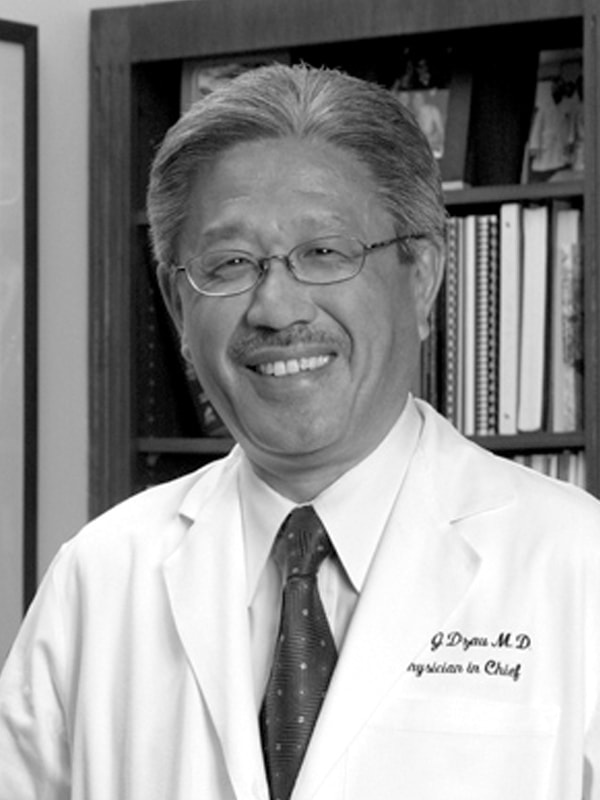
1998
Brigham and Women’s Hospital forms alliance with Faulkner Hospital.

2003
The Human Genome Project publishes the full sequence of the human genome’s 3 billion base pairs. Among the findings: There are more distinctive genetic variations among races than between them, meaning two people of northern European descent may be more genetically similar to people descended from Africa or Asia than they are to each other.
2008
Barack Obama becomes the first Black U.S. president; AMA formally apologizes to Black doctors for more than a century of discrimination.
2010
U.S. Congress passes the Patient Protection and Affordable Care Act and the Health Care and Education Reconciliation Act, expanding healthcare coverage, though disparities remain.
2020
The killings of Ahmaud Arbery, Breonna Taylor, and George Floyd stir global protests and renewed calls for racial equity.
2020
Nawal M. Nour, MD, becomes the first Black department chair at the Brigham.

2021
Robert S.D. Higgins, MD, MSHA, becomes the first Black president of the Brigham.

Please visit our digital bibliography to see a full list of references for this timeline.